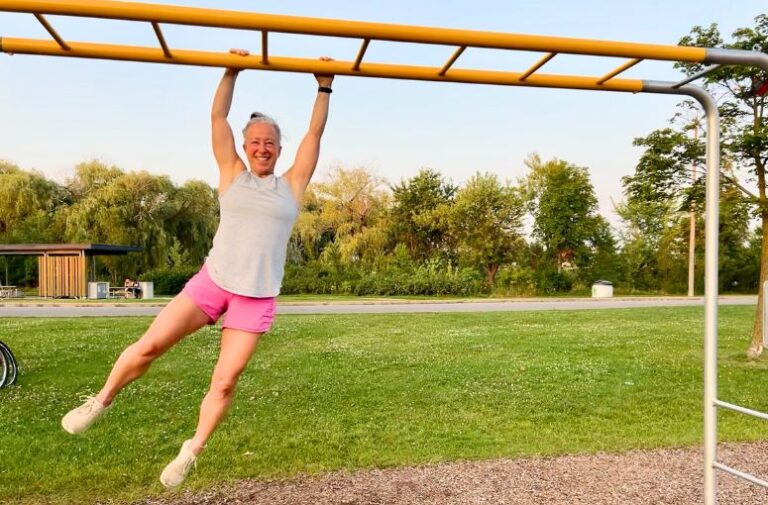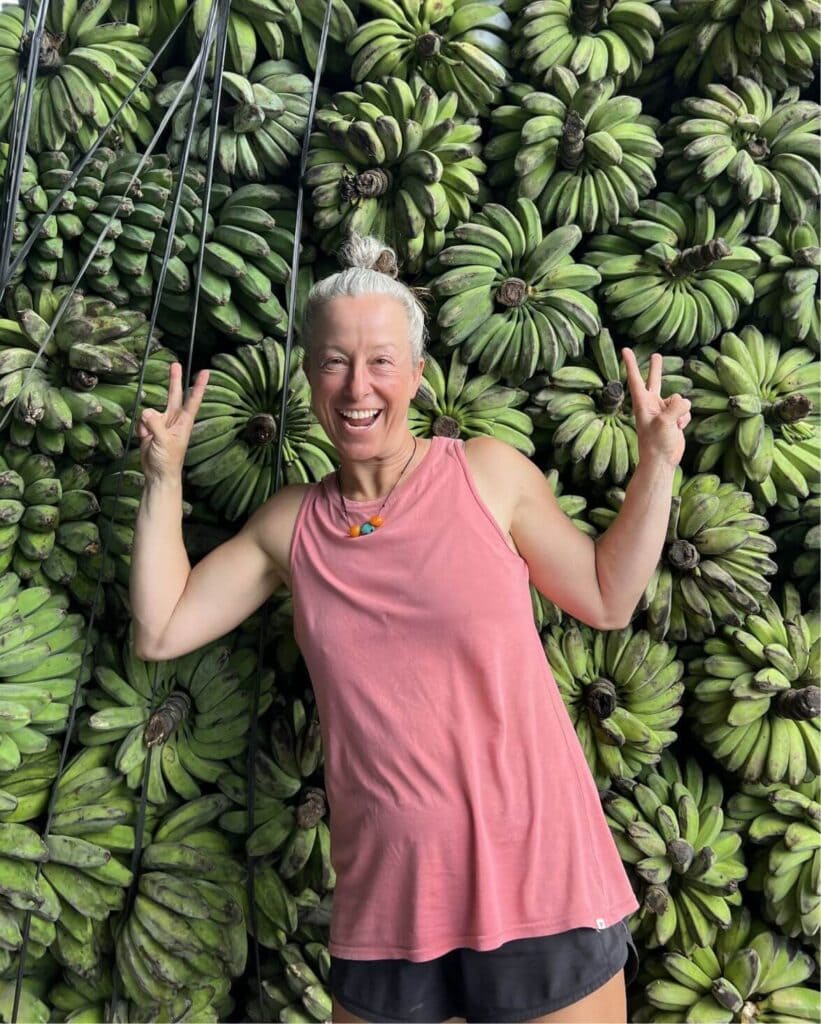
Your Step-By-Step Guide To Hanging Like A Pro
So, you’re thinking of getting back on the monkey bars…but it’s been a really long time since you tried! I think that’s a great idea – hanging & swinging are a brilliant way to nourish your shoulders, spine, & core,



